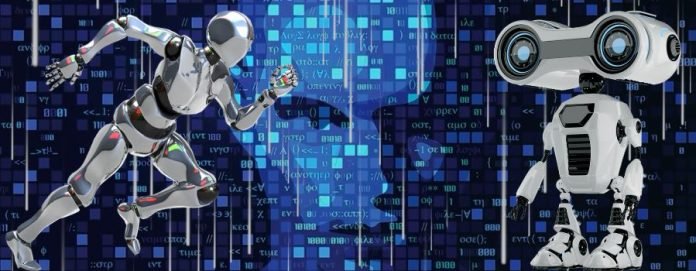In the ever-evolving landscape of technological advancement, robotics has emerged as a defining force that bridges the gap between science fiction and reality. The fusion of mechanics, electronics, and computer science has led to the creation of machines that can replicate and enhance human capabilities, revolutionizing industries, research, and our daily lives. This article explores robotics, delving into its origins, applications, challenges, and promising future.
From Imagination to Realization of Robotics
The origins of robotics can be traced back to the realm of imagination, where authors and visionaries envisioned a world where machines could mimic human actions and intelligence. However, in the mid-20th century, the technology evolution began to take concrete shape as a scientific field.
The first industrial robot, Unimate, introduced in 1961, marked a pivotal moment in this journey. Developed by George Devol and Joseph Engelberger, Unimate revolutionized manufacturing by automating tasks on the assembly line. This breakthrough paved the way for further innovations, sparking the rapid evolution of robotics as we know it today.
Pioneering a New Era of Efficiency
The influence of robotics spans various sectors, each benefiting from precision, speed, and versatility. Robots have become essential to modern production lines, optimizing processes and ensuring consistent product quality. The automotive industry, for instance, relies heavily on robotic arms for assembling intricate components with unparalleled accuracy and efficiency.
Healthcare is another arena that has witnessed transformative change through technology. Surgical robots, guided by skilled surgeons, enable minimally invasive procedures that reduce patient trauma and hasten recovery. The field of medicine also explores the potential of robotic assistants for tasks like medication dispensing and patient monitoring, enhancing healthcare delivery.
Space exploration stands as a testament to the versatility of robotics. Robotic rovers like Curiosity and Perseverance have explored the surface of Mars, transmitting vital data back to Earth. These mechanized explorers contribute to our understanding of distant planets and lay the groundwork for potential human missions beyond Earth’s confines.
Navigating Challenges and Ethical Considerations
While robotics brings forth remarkable possibilities, it also presents challenges that warrant careful consideration. The advent of automation and AI-driven technologies has raised concerns about job displacement and the potential impact on the workforce. As robots increasingly handle routine tasks, the workforce must adapt through reskilling and upskilling to remain relevant in the evolving job market.
Ethical concerns loom over the field as well. Developing autonomous weapons and machines capable of making life-altering decisions has sparked debates about responsible innovation. Striking a balance between technological progress and ethical boundaries is essential to ensure that robots serve humanity’s best interests.
Charting a Vision for the Future of Robotics
The trajectory of technology is marked by boundless innovation and collaboration. Integrating AI with robotics promises to create machines with heightened cognitive abilities capable of adapting to diverse environments and tasks. The synergy between humans and robots is poised to reshape industries, enhance research capabilities, and address pressing global challenges.
In education, robotics is a powerful tool to inspire and educate the next generation of innovators. Its competitions and educational programs foster creativity, problem-solving, and teamwork among students, equipping them with skills vital for the technological landscape of the future.
Conclusion
Robotics is a testament to human creativity and our relentless pursuit of progress. The technologies have traversed a remarkable journey from their origins in fiction to their tangible impact on industries and research. As we navigate the challenges and ethical considerations, the potential of robotics to shape a brighter future remains unparalleled. With a commitment to responsible innovation and collaboration, humans and robots are poised to create a world defined by innovation, efficiency, and boundless possibilities.



